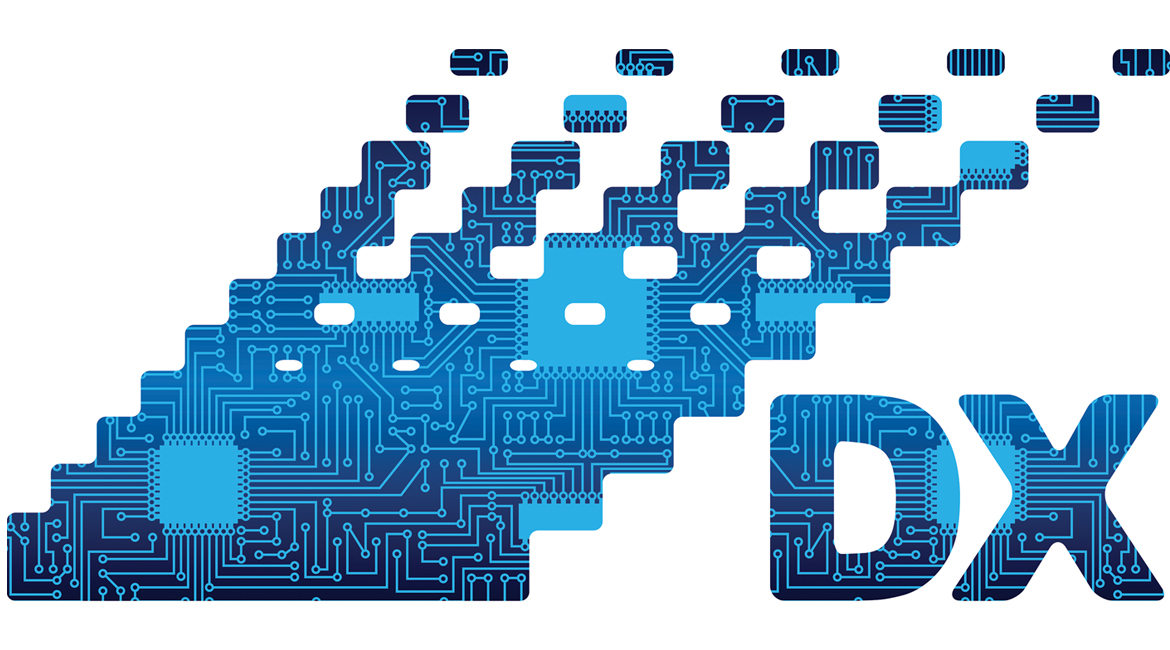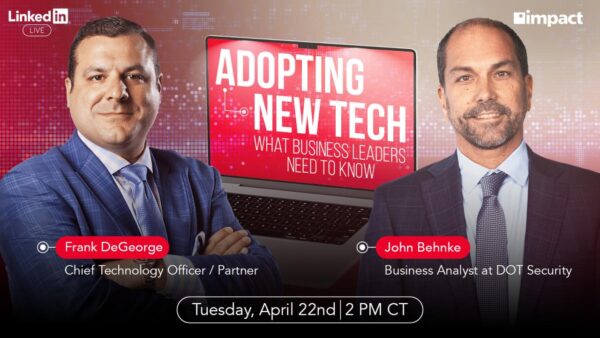Are you ready to digitally transform your dealership and your customers’ businesses?
Dealers are in a unique position to take the lead in digital transformation. Never before have they had the opportunity to transform their businesses in ways that take them from the past to the future. Dealers that once sold analog copiers are now selling digital copiers, scanners, and MFPs. But those are just the generic terms for the boxes. It’s the digital part that makes all the difference. As Benny Landa observed, when rolling out his Indigo press in 1993, “Everything that can become digital will become digital.”
Benny Was Right
The technology that’s inside those boxes converts streams of ones and zeros—that’s all digital data is—into images and text that can be printed or sent around the planet. Yet, that digital data can be used internally, and for helping and encouraging customers to use those ones and zeros when making more informed decisions.
You Don’t Need to Be a Geek
There is a certain amount of hype about the digitization of information, which has been going on for about 30 years, and digitalization, which is using digitized data versus paper-based information, has been going on almost as long. Ignore it.
Beyond the hype, dealers can implement digital transformation solutions that make sense for their own operations and showcase them to customers. Dealers can also help customers adopt digital technologies that add value to their operations. A key part of this is understanding and explaining that not every bright shiny object is worth the learning curve, the potential disruption to a business, or replace human-to-human interaction.
“Common tools such as email and LinkedIn have pretty much turned into white noise,” said Chelsey Bode, chief executive officer at Pearson-Kelly Technology, a dealership in Springfield, Missouri. “Virtual opportunities have increased flexibility, but in-person collaboration, team building, and healthy conflict are still critical. They can’t and won’t be completely replaced by digital technology.”
“Today’s powerful software tools are capable of so much, yet we only use a fraction of their capabilities,” added Wes McArtor, president of Nexera. “Any technology has to be used properly to get the benefits.”
As McArtor noted, a big challenge is that technology has gotten ahead of most users. Consider how much of your phone’s capability you use. Ditto for Word or Excel. In all likelihood, you use what makes sense. For instance, many dealers use software to keep track of products, materials, and dollars. But you can do more. Software for customer service, sales management, shipping, and other tasks are all tools that can help make your business run more efficiently. Some of it may be readily available from your OEM. Most of these tools can be customized to help your dealership be more efficient and make it easier for customers to do business with you. It may also put a couple of your resident geeks into technical support roles that help customers raise the bar on their work. And that helps your dealership become more valuable as a customer resource.
OK, adding software costs some money and time for training. For the most part, though, these are one-time costs that yield employees who can work more efficiently while enhancing customer connections. For instance, customer service employees having immediate access to equipment service schedules or expected installation dates for five new MFPs reduces the time these employees spend talking with a customer. Multiply this by 50 or a hundred calls weekly, and the savings add up quickly. Having this information on a website lets customers see it without involving your employees. The software just pulls the scheduling or delivery information from your spreadsheets or databases, plus any disclaimers you deem necessary.
Buy-In Critical
A key part of making this happen is buy-in from the top. “Executive leadership and team leaders have to ‘buy in’ on the importance and purpose for investing time and money in change,” said Bode. “They also have to drive change with input and influence from their teams by empowering (and encouraging) those teams to identify gaps or shortcomings.” Bode posed a realistic scenario: “If your business grew 10%, could an employee still handle a task without eliminating something else? That’s often when people realize that a process could be improved.”
To fuel your imagination, don’t think about the complex, AI-driven examples of companies like Amazon or Netflix. You don’t need (nor can you afford) anything that sophisticated. Think in terms of your business and also that customers, their expectations set by online purveyors of almost everything, still look for online interactions. So, think about how it would benefit your dealership to have customer and service management instantly accessible. Pearson-Kelly, for example, offers customers ways of interacting with the company without picking up a phone. The interactions automatically communicate updates. Once a ticket is closed, it generates another communication back to the customer to ensure the dealership’s perception of completion is the same as the customer’s. For example, the parts required to put a central copier back into action can show up in an Excel spreadsheet that you as a dealer sees, that your service tech gets on his or her phone, and the customer receives in an email or text that shows the status of their equipment.
Budgets are another part of the mix, with shrinking margins demanding ever-greater efficiency. This includes information that solved one customer’s problem being used to solve another issue twenty miles away. Support would quickly become too expensive if it had to start at square one for every call. “Having repeatable, documented, and automated processes help your teams when troubleshooting the same client or similar issue at another location,” said Bode.
Be sure to talk with your OEMs to learn what software they offer that can help you provide a stronger digital interface for your business and how it might be extended to your customers. Most OEMs are already well down the road on this kind of connectivity and welcome the opportunity to help.
Managed IT
Finally, greater use of automation and digital formats begins venturing into managed IT, which can be new (and lucrative) territory for dealers. For instance, a law or consulting firm may need information from a project they did a few years ago, but the people who did that work have left the company. If the documents they produced are named and stored correctly on your servers or those of your customer, the old data can be easily accessed as needed. Much of this capability is already built into Microsoft Office, yet only a fraction of Office users know how to make it a reality. The advantage arrives when your people learn and share such expertise with customers and help make your dealership a service provider.
Some dealers have made digital connections with customers a part of how they work. According to Brian Gertler, partner and senior vice president at LDI Connect, a dealer with operations in New York, New Jersey, Connecticut, and Southern California, digital is the infrastructure of how their business works. LDI, one of the more advanced and sophisticated dealers, has embraced digital connections for communications, data security, document management, managed IT, and more. Digital technology is how the company operates.
It’s Not Over Yet
This follows closely to what Benny Landa said in 1993. Digital is the way things will continue to evolve.
“This experiment is not over,” said Nexera’s McArtor. “The changes forced on us by COVID and lockdowns have changed the workplace forever, and thus the technologies we use to manage those workplaces.”
The digital transformation train has still not left the station, so get on board. Begin by using the technologies at your disposal. Be smart and adopt those that will make a difference for your business and your customers’ businesses. You have the unique opportunity to transform your business in ways that take you from the past to the future.
_________________________
To become a subscriber, visit www.thecannatareport.com/register or contact cjcannata@cannatareport.com directly. Bulk subscription rates are also available upon request and included in our media kit.



